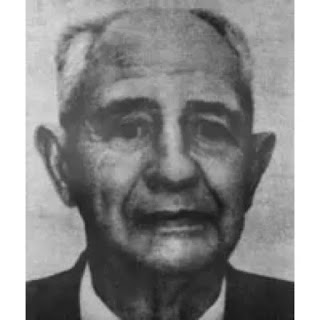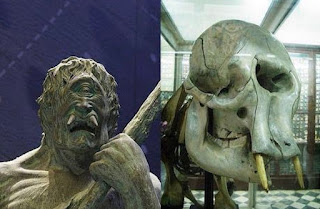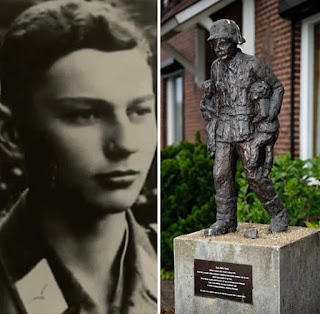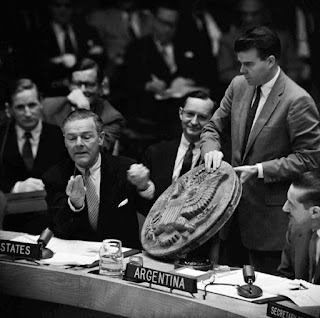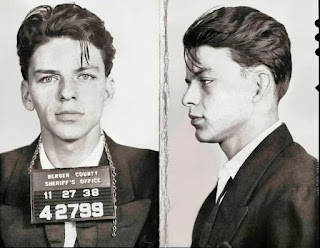Revealing an abandoned underground Turkish city, now known as Derinkuyu,

While trying to recapture his runaway chickens in the 1960s, a Turkish homeowner stumbled through the wall, revealing an abandoned underground Turkish city, now known as Derinkuyu, Derinkuyu is the largest excavated underground city globally, burrowed more than 280 feet beneath the Central Anatolian region of Cappadocia. It is believed to connect to over 200 smaller underground cities discovered in recent decades. Inside, researchers found 18 levels of tunnels containing various facilities like dwellings, food storage, stables, schools, wineries, and a chapel. The city also had a ventilation system to provide fresh air and water. Its exact construction date is uncertain, but ancient writings dating back to 370 BC mention its existence. The city served as a storage place originally but later transformed into a secure bunker to escape from invaders, designed with narrow, low hallways and blocked door...


